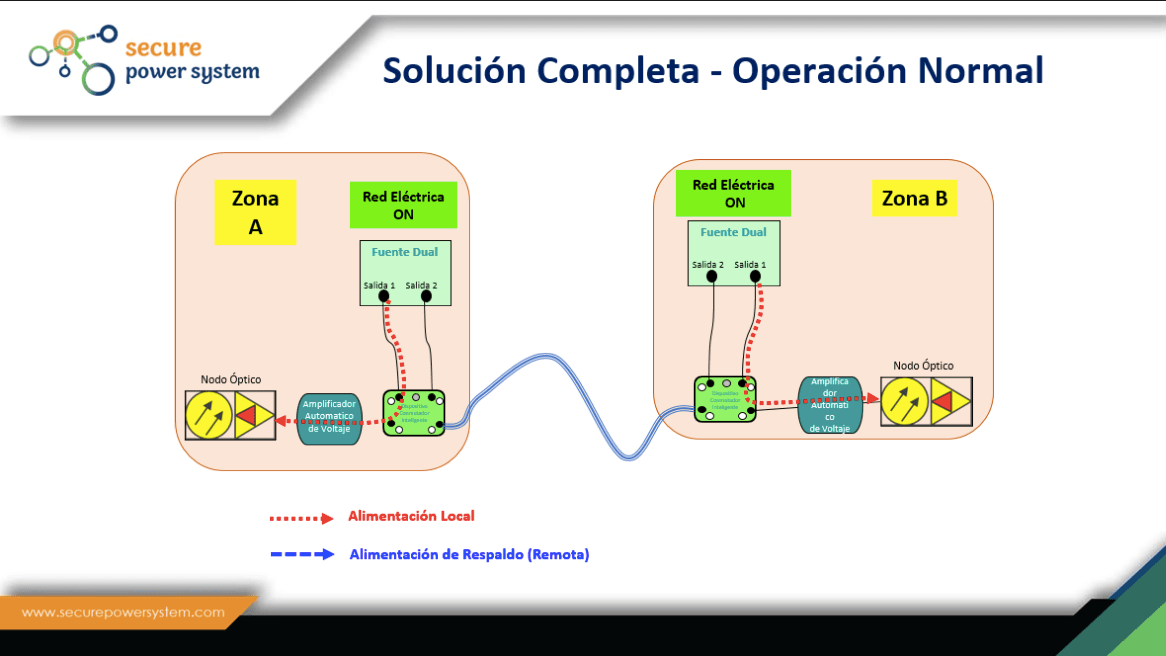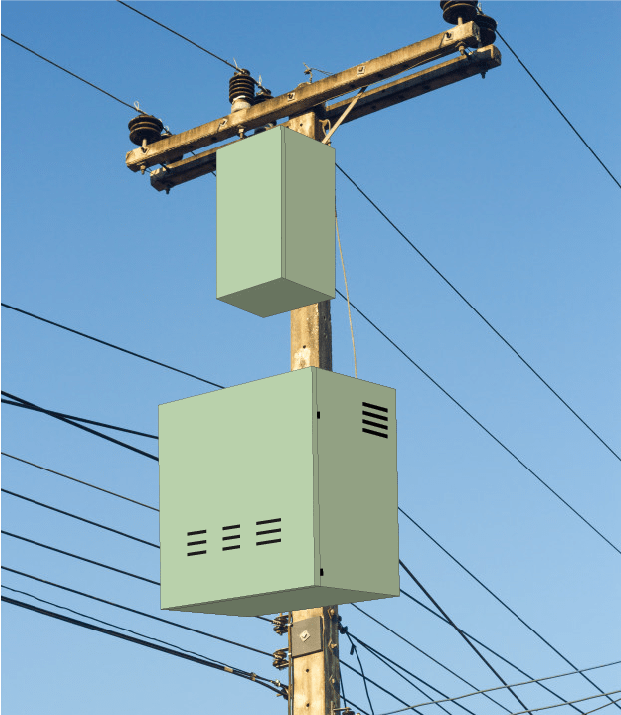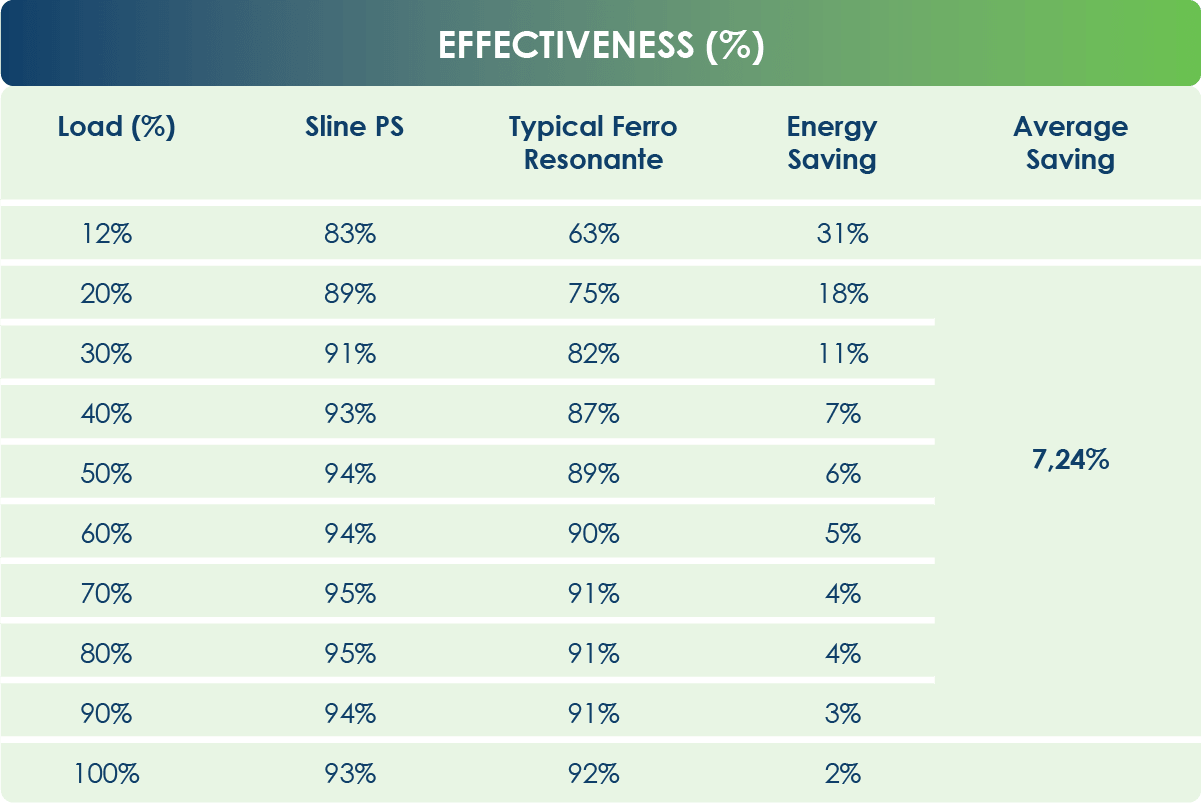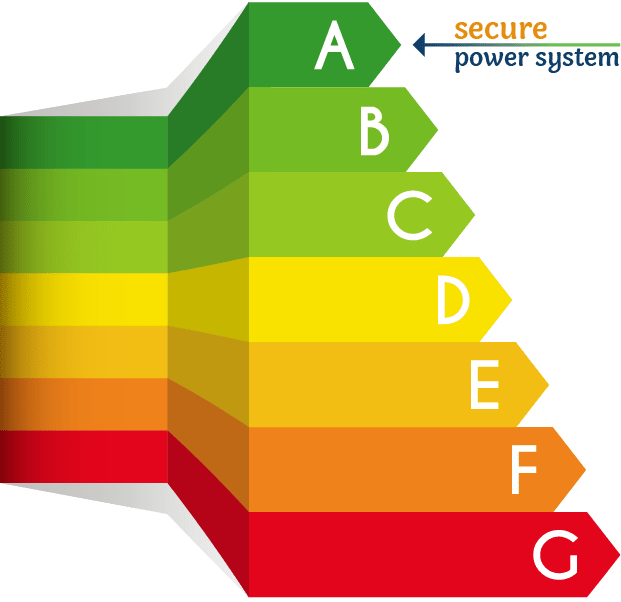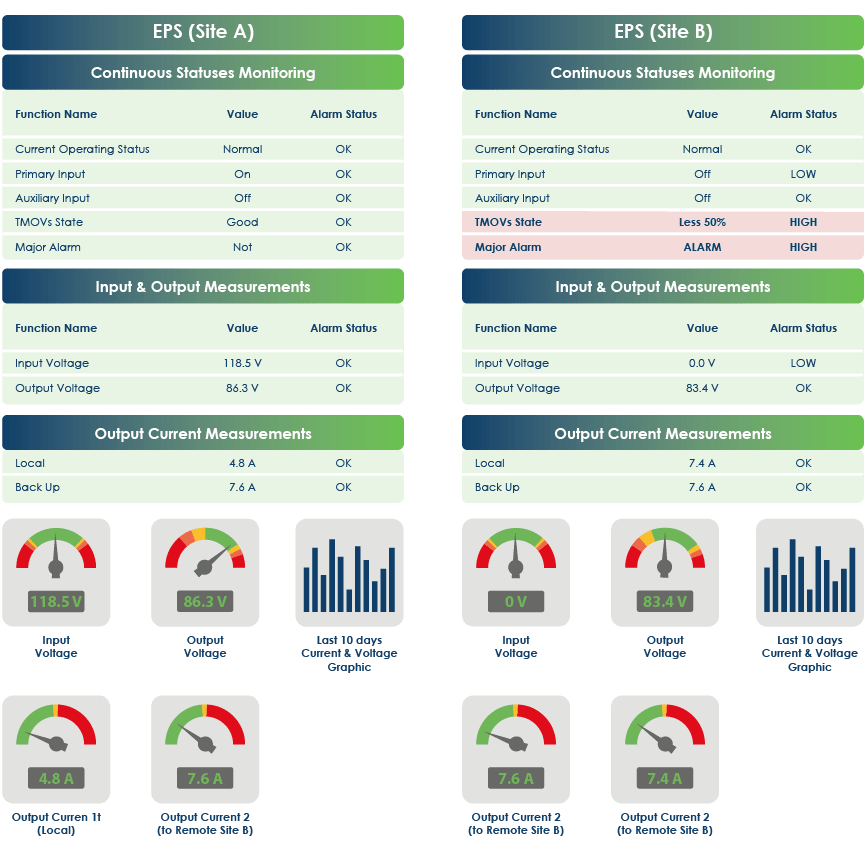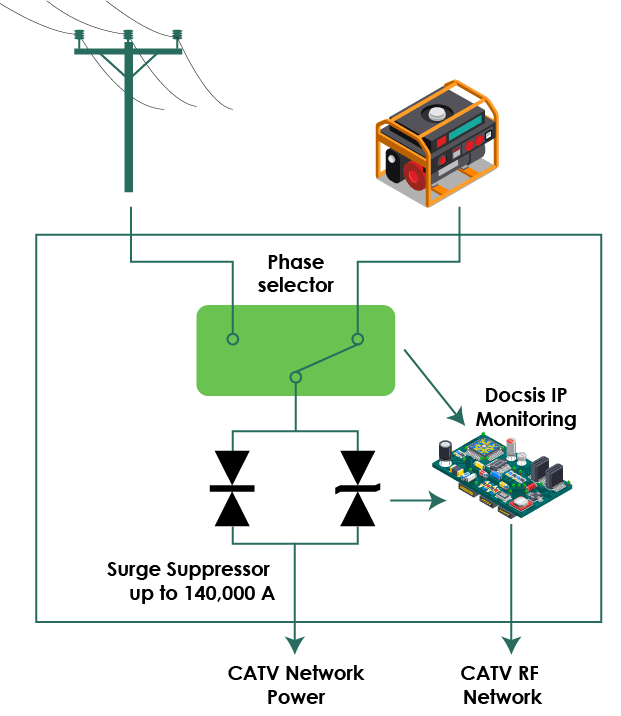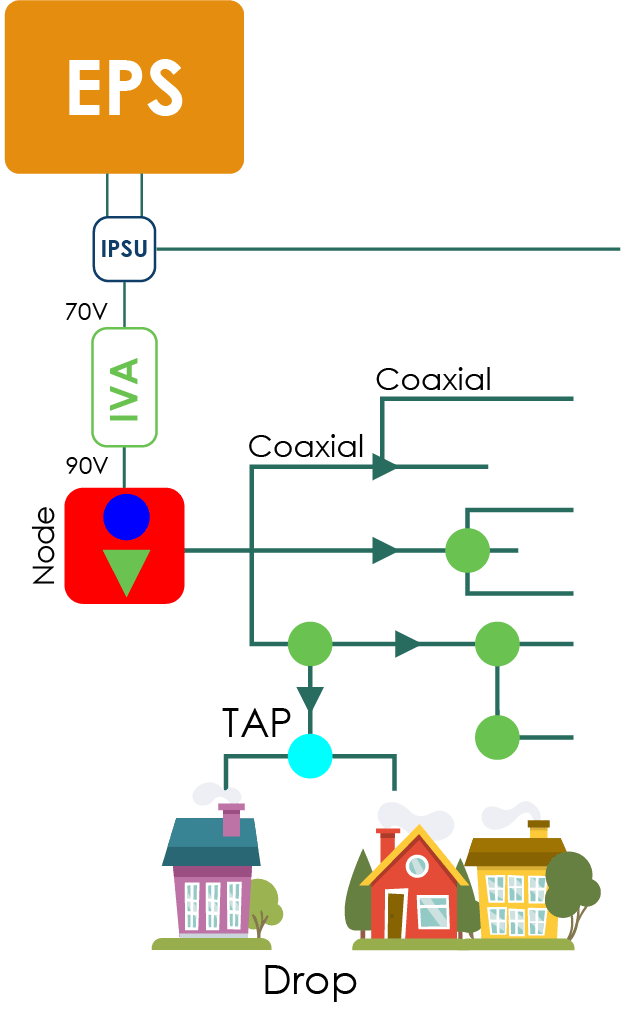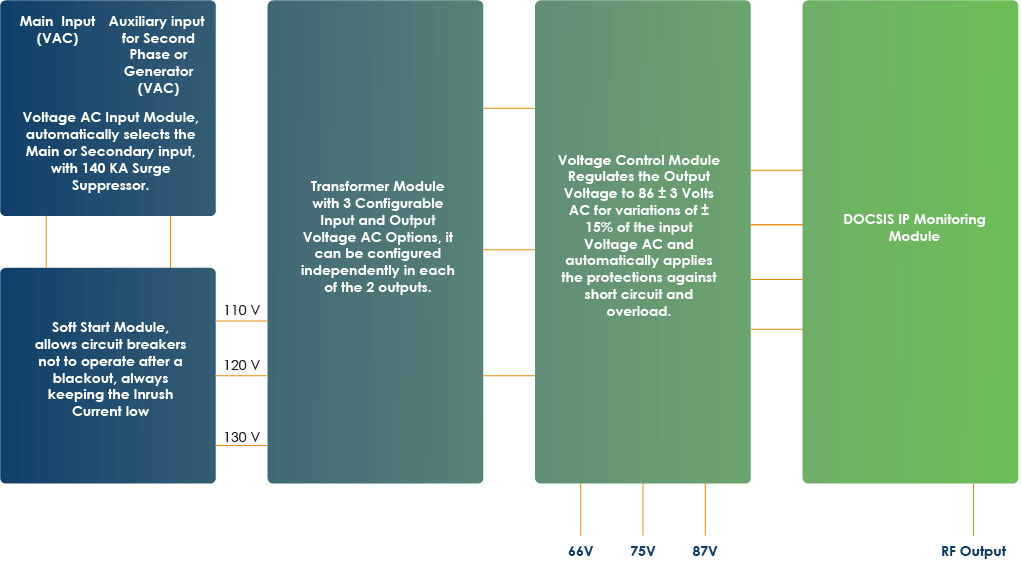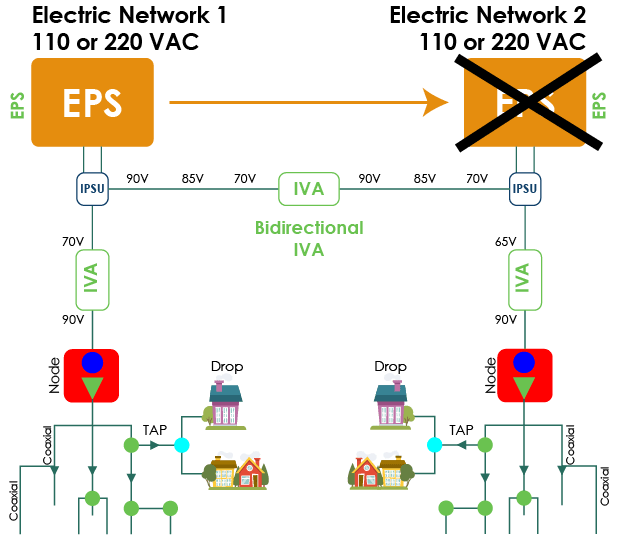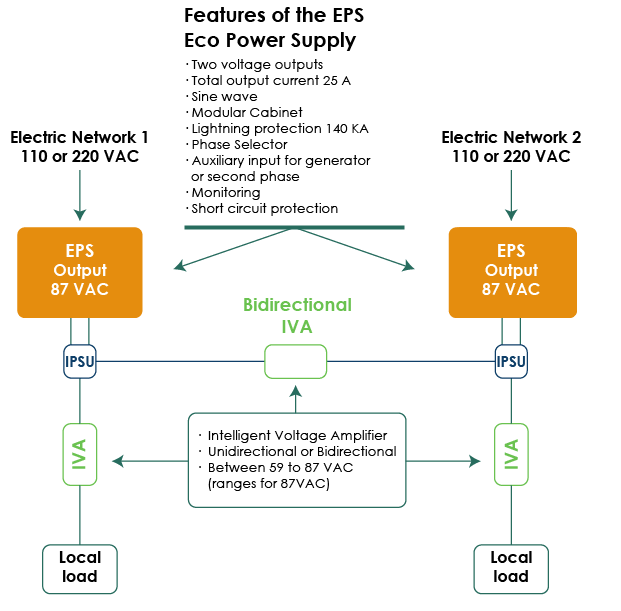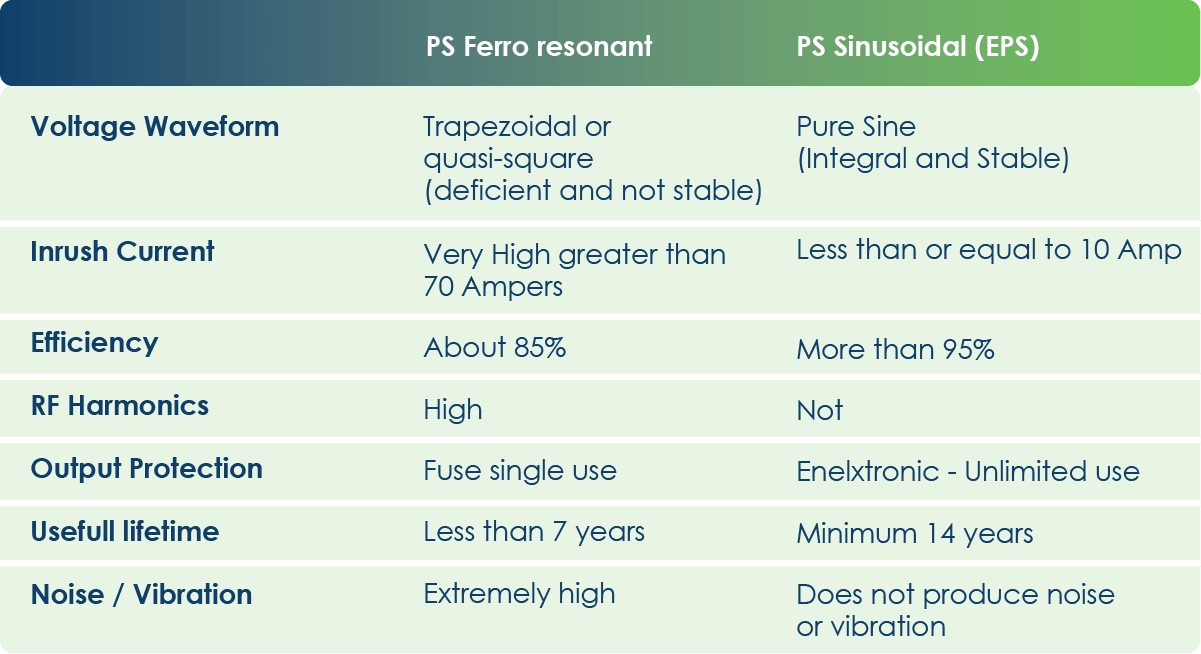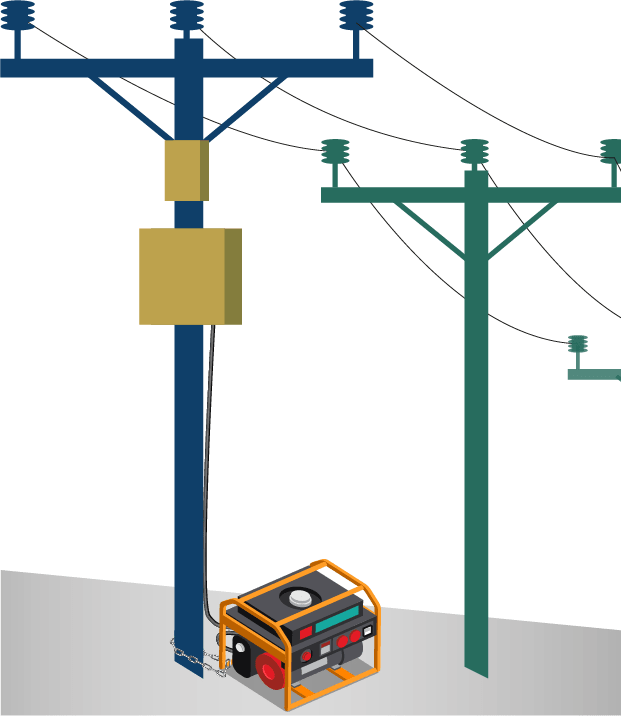Capex
The Secure Power Full solution consists of only 3 key elements (for the purpose of economic
comparison), the IPSU intelligent switch, the IVA power amplifier and the EPS sinusoidal
power supply, therefore this at a lower cost by approximately 10%.
The traditional solutions for network energization and continuity of operation in case of
power failures, which are based on UPS with batteries, have a set of components that
include, among other elements, a ferroresonant source, a direct current (DC) inverter
module from batteries to alternating current (AC), a large cabinet to place the
aforementioned elements.
OPEX benefits & savings
Once the SECURE POWER FULL solution is installed, there are considerable savings in terms
of “Fixed Costs” associated with the maintenance of network energization.
Below you will find some points to take into account when analyzing the advantages of our
proposal.
Replacement cost – for large operators it is estimated that 25% of the equipment will be
replaced starting with the first cycle and in the following years, until the end of life.
The major savings occur during the operational phase, which involves clearly tangible costs,
such as the mandatory annual battery replacement, which is easy for us to measure, in
addition to the operating costs of battery collection, preventive maintenance, storage
and/or destruction of batteries, support crews, generators, administrative personnel to deal
with complaints, administrative and warehouse personnel for the purchase of batteries,
subscribers’ poor perception of "good service", all of which is very difficult to calculate since
there are discrepancies depending on the company and the country.
5-year projected cost analysis:
As shown in the graph below, OPEX is significantly reduced for the SECURE POWER FULL solution, with OPEX being close to zero.
NOTE: Based on information provided by an operator with 9,000 UPS Power Supplies, with 3
batteries each, which represents a quantity of 27,000 batteries, the annual replacement is
25% of the total batteries (equivalent to 6,750 batteries). This shows that, in addition to the
savings on the initial investment, the use of an innovative battery-free power backup
solution allows the operator to make its OPEX tend to zero.
Benefits
- It allows the operator to offer new services that demand high reliability, thus
generating new revenues.
- It improves customer service quality, customer experience and customer
satisfaction.
- The use of a “Green” (non-polluting) solution demonstrates the operator’s interest
in protecting the environment in general and the local community it serves, in
particular (CSR). (Socially Responsible Companies).
- Maintenance operations are minimized.
- The use of generators is significantly reduced.
- The number of user complaints about power outages is reduced.
- Service availability and network reliability are increased.
- Avoidance of the use of special fittings (theft prevention).
- Efficient use of grid energy – reduction of electricity supply bills.
- RReallocation of obtained savings to other relevant areas.
